Psychology: Physiological psychology: Olfactory (smell) module facial attractiveness
Authors: Dematte et al. (2007)
Key terms: Smells and facial attractiveness
Background/ Context:
- Facial attraction is a socially important cue that has been researched in depth.
- Studies show smell is very important for animals in determining their mate.
- Therefore, is attractiveness determined by other cues such as olfaction?
- Olfaction: Sense of smell.
- This study focuses on female participants because it is said that females are more sensitive to olfactory cues than men, and might rely more on olfactory cues when it comes to mating behaviour.
Aim/ Hypothesis:
- Discover whether olfactory cues affect people's judgements of attractiveness.
- Specifically: Whether pleasant odors increase male attractiveness, and whether unpleasant odors decrease male attractiveness.
Method: Laboratory experiment (including minor questionnaire)
Variables:
Independent variables:
- Three conditions: Pleasant odors (Geranium and Gravity), Unpleasant odors (Synthetic body odor rubber) and a neutral odor (clean air).
- High facial attractiveness, low facial attractiveness.
- Dependent variable: Ratings of attractiveness from 1 (least attractive) to 9 (most attractive).
Design: Repeated measures and counter-balancing.
- Counter-balancing so each 40 face was presented with a different odor condition.
- 3 blocks of experiment sessions with a 5 minute break between each. 2nd and 3rd session replicated the 1st.
- Each block presented all 40 faces; divided into 4 sets of 10 faces.
- Each set of 10 faces were divided into 5 attractive and 5 unattractive.
- No two odors were presented together.
- Set 1: 10 faces with clean air, geranium and body odor.
- Set 2: 10 faces with clean air, gravity and rubber.
- Set 3: 10 faces with clean air, geranium and rubber.
- Set 4: 10 faces with clean air, gravity and body odor.
- Order of presentation randomized.
- Whole experiment lasted 50 minutes per participant.
- 120 trials in total for block 1. Same procedure repeated for a 2nd and 3rd time.
- Trials were randomized in each block.
Participants and sampling technique:
- 16 female students from Oxford University, UK.
- Aged 20-34.
- None knew the purpose of study.
- Completed confidential questionnaire to ensure they all had a normal sense of smell - no olfactory disorders, asthma, no flu. normal or corrected (eg. glasses) vision. This was to make sure no other variables other than odor affected their judgement.
Apparatus:
- Questionnaire to determine health (eg. olfactory or respiratory) problems.
- 40 male faces (13 x 17 cm) from a standardized face data base (previously categorized into attractive and unattractive faces).
- 4 odors: 2 pleasant (geranium and gravity), 2 unpleasant (synthesized body odor and rubber) and control with no odor (clean air).
- Olfactometer: Computer controlled machine to deliver odors.
- Computer to view the male face images.
Controls;
- Questionnaire before study to make sure participants can detect smell normally ("Are you currently suffering from a cold/flu?", "Do you suffer from asthma or any air-born allergy?") - to ensure validity and ability to generalize.
- Presentations of faces and odors were counterbalanced - each face was presented with each odor to remove order effects and increase validity.
- Presentations of pleasant and unpleasant odors were counterbalanced to also prevent order effects.
- Presentation time was controlled at 500 milliseconds (Half a second) to increase validity.
- Time for tone presentation and release of odors was standardized.
- Odor intensity standardised for each participant because each odor has a different intensity; Odors were diluted to ensure not one smell was more intense than the others: Body odor 0.33%, Geranium 1%, Gravity 0.5% and Rubber 1.2%, which was confirmed during the pilot study.
Procedure:
- Participant sat on a chair 70 cm from the computer screen. A chin rest was used to keep their head stable.
- Participants were told to look at the cross on the screen.
- Participants were told to exhale when they heard a quiet tone.
- Participants were told to inhale through their nostrils when they heard the loud tone.
- Half a second after participants inhaled the 4 odors or clean air were delivered through the olfactory machine.
- A second after the odor had been delivered a face would appear for 500 milliseconds (half a second) - So participants would not have time to analyse and examine the face. When the face disappeared clean air was delivered, cleansing the room of any odor.


 Simple diagram of transcription.
Simple diagram of transcription. Ribosome.
Ribosome. tRNA molecule.
tRNA molecule. Ribosome in translation.
Ribosome in translation. Translation diagram.
Translation diagram.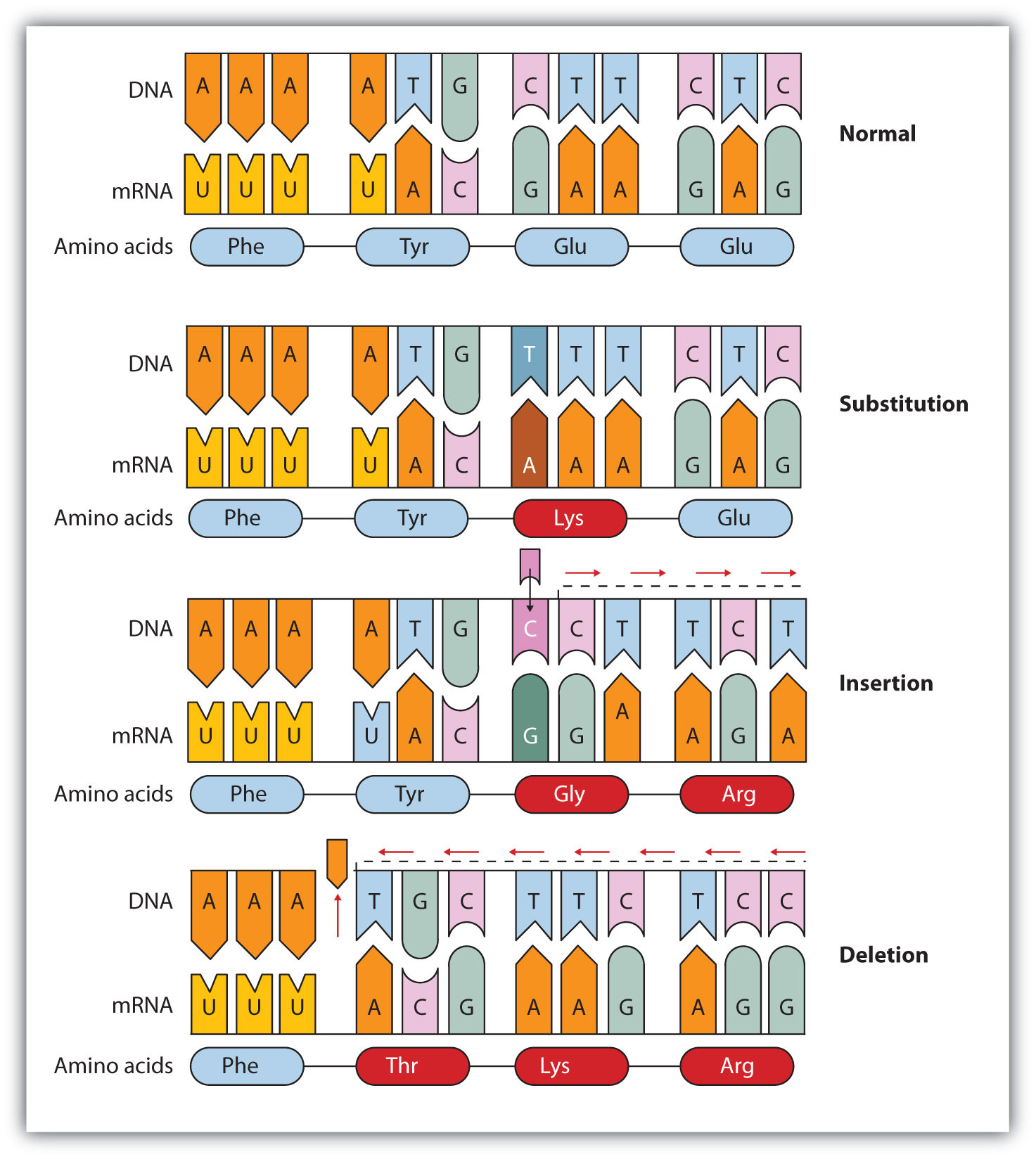 DNA mutations.
DNA mutations. Simple diagram of semi-conservative replication in DNA.
Simple diagram of semi-conservative replication in DNA.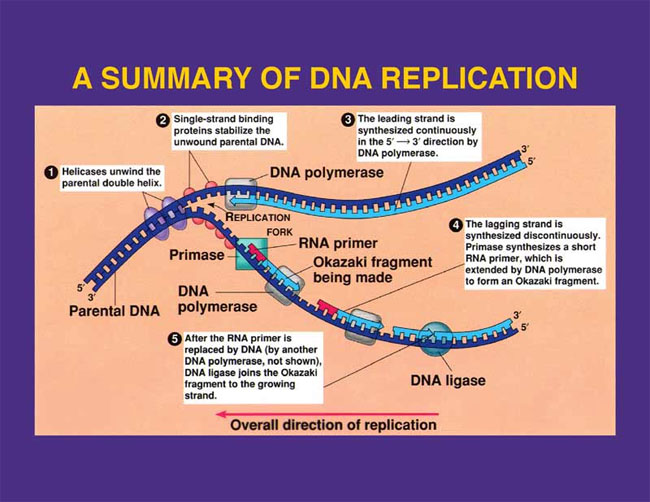
 Structure of nucleotide.
Structure of nucleotide. Structural formulae of the nitrogenous bases.
Structural formulae of the nitrogenous bases.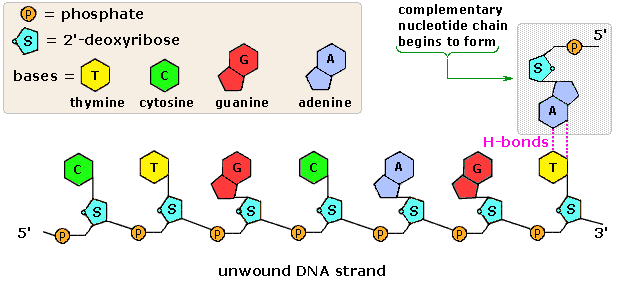 Animation of DNA replication and the DNA strand.
Animation of DNA replication and the DNA strand.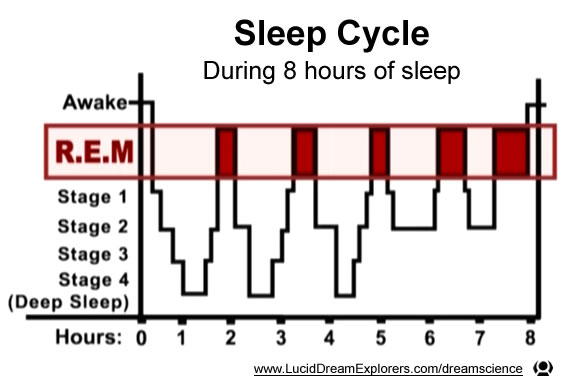 Sleep cycle graph
Sleep cycle graph Results from Aim 1's study
Results from Aim 1's study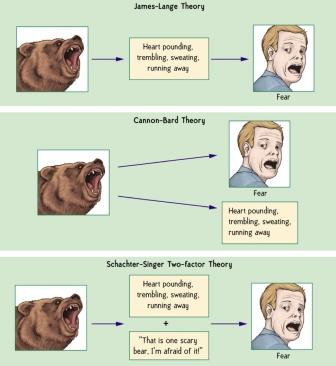 Different theories of emotion.
Different theories of emotion.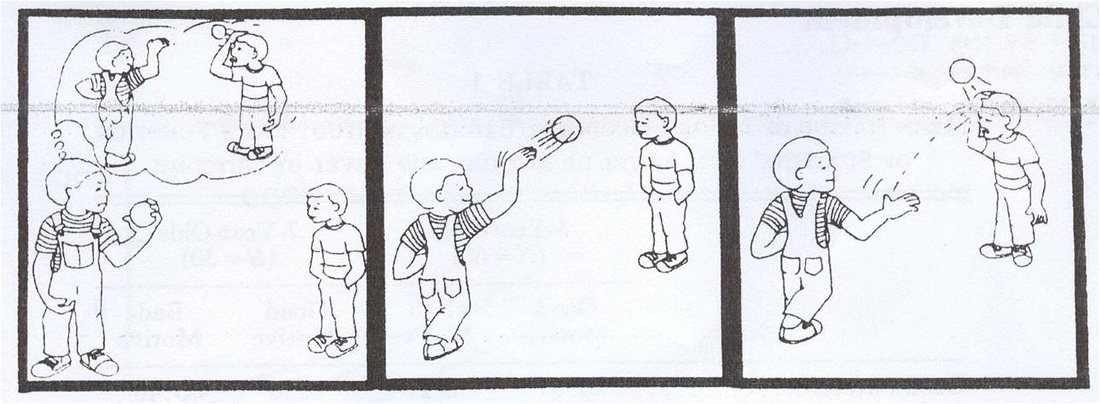 Motive explicit story board. Bad motive bad outcome story.
Motive explicit story board. Bad motive bad outcome story.  Scale of smiley faces.
Scale of smiley faces.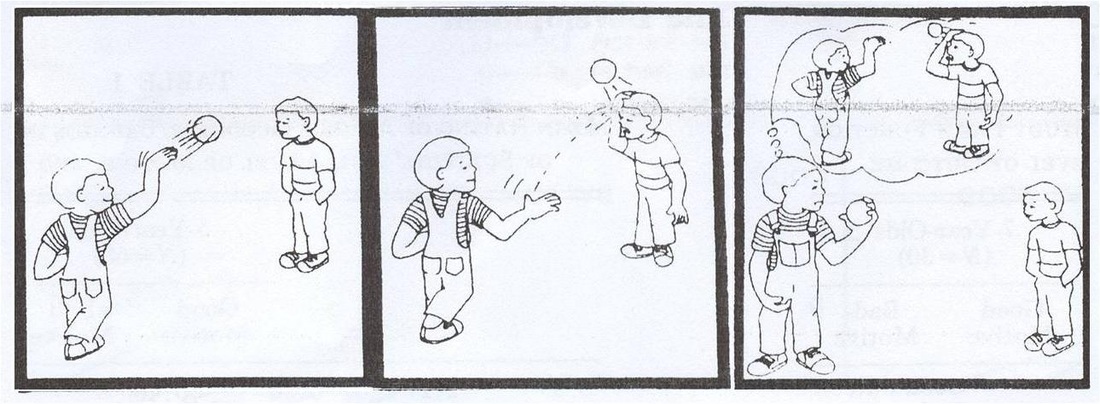 Storyboard used in Study 2. Bad motive and bad outcome story.
Storyboard used in Study 2. Bad motive and bad outcome story.